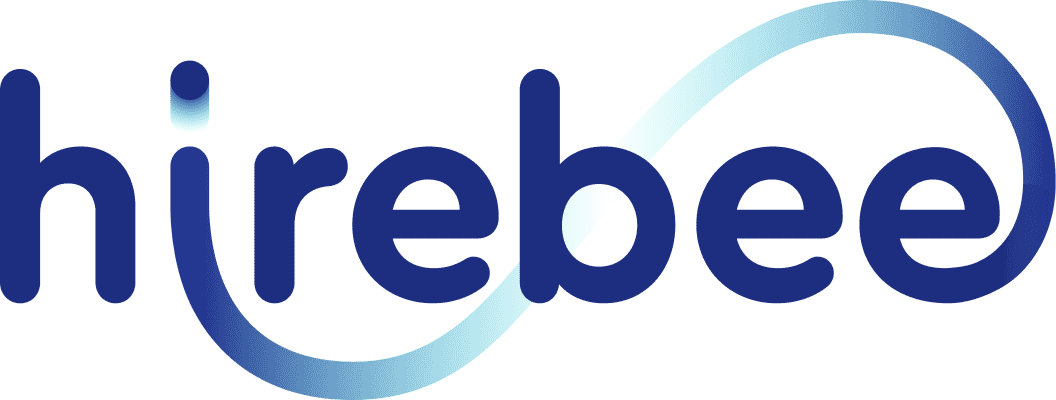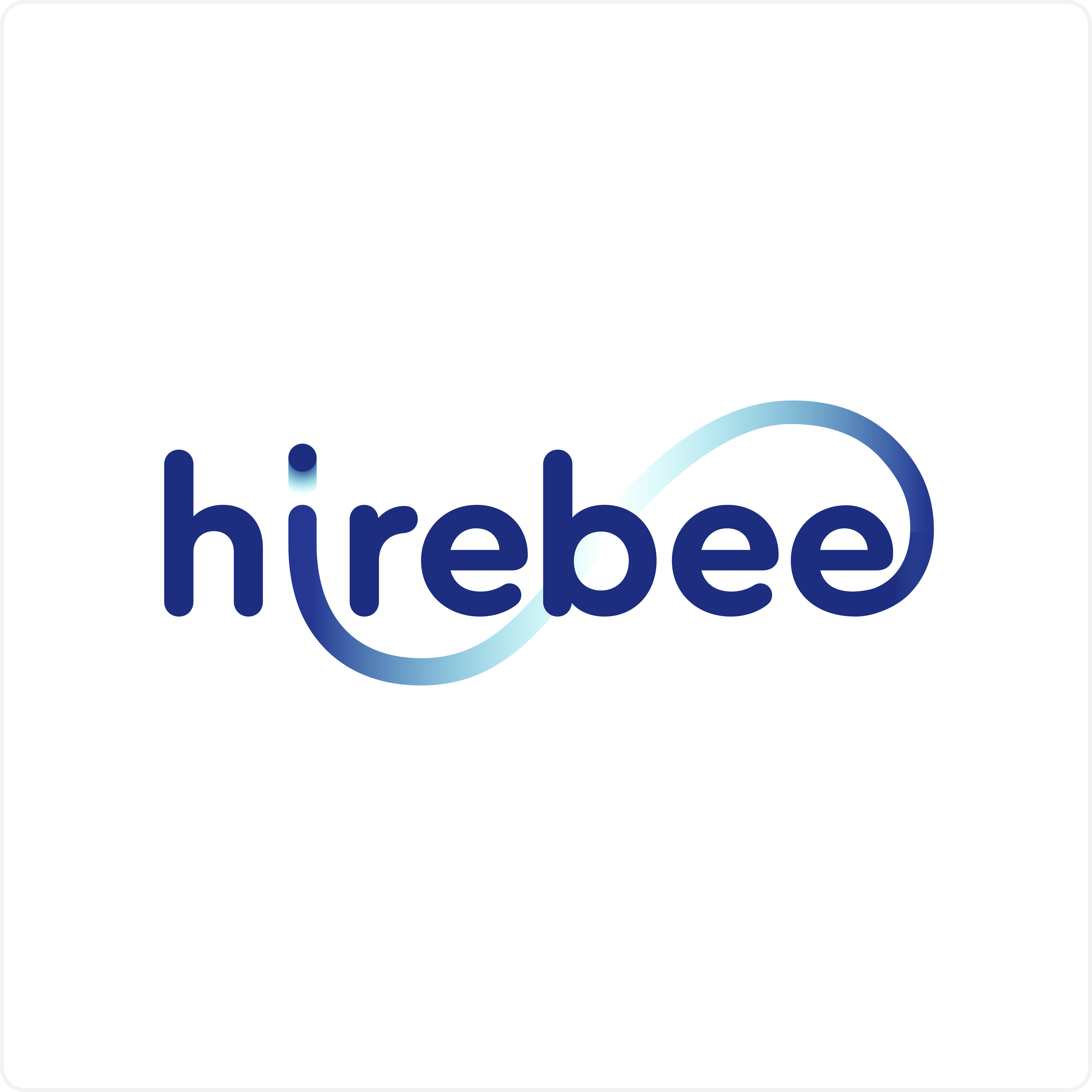Recruitment is a crucial aspect of any organization’s growth and success. The ability to attract and hire talented individuals who align with the company’s values and goals is essential for building a strong workforce. In today’s competitive job market, where skilled candidates are in high demand, it becomes imperative for organizations to adopt targeted recruitment marketing strategies.
The introduction sets the stage for understanding the significance of targeted recruitment marketing strategies and outlines the purpose of the subsequent discussion. It highlights the need for organizations to approach recruitment with a strategic mindset, focusing on reaching and engaging the right candidates rather than relying solely on traditional methods.
The first part of the introduction defines targeted recruitment marketing strategies as the deliberate and focused efforts employed by organizations to attract specific talent pools that align with their hiring needs. These strategies involve utilizing various marketing techniques to build a strong employer brand, effectively communicate the organization’s value proposition, and engage with candidates through tailored channels and messaging.
The second part emphasizes the importance of targeted recruitment marketing strategies in the current job market landscape. As the competition for top talent intensifies, organizations need to differentiate themselves and stand out to attract the best candidates. Traditional methods such as posting job ads and waiting for applicants are no longer sufficient. Instead, organizations must proactively identify and approach potential candidates, create compelling employer brands, and leverage digital platforms and data-driven insights.
Lastly, the introduction presents the purpose of the outline. It serves as a roadmap for exploring various components and techniques that contribute to successful targeted recruitment marketing strategies. The outlined sections provide a comprehensive overview, guiding organizations through the process of understanding their target audience, crafting an employer brand, utilizing digital channels, engaging with passive candidates, leveraging data-driven strategies, creating compelling job descriptions, engaging with candidates throughout the recruitment team’s process, and measuring and evaluating success.
By implementing an effective targeted recruitment campaign and leveraging recruitment marketing software, organizations can streamline their efforts, optimize outreach, and enhance their ability to attract and hire top talent, ultimately driving their success and competitiveness in the market.
Table of Contents
ToggleUnderstanding the Target Audience

Identifying the ideal candidate profiles
- Determine the specific skills, qualifications, and characteristics required for each position.
- Analyze the existing workforce to identify successful employees and their common traits.
- Consider the organization’s values, culture, and long-term goals to identify candidates who align with them.
Conducting market research and analysis
- Research the current job market to understand trends, demands, and competition.
- Identify the job-seeking behaviors and preferences of the target audience.
- Explore industry-specific forums, social media groups, and online communities to gain insights into candidate perceptions and expectations.
Utilizing data analytics and segmentation
- Collect and analyze data from various sources, such as recruitment platforms, surveys, and website analytics.
- Segment the target audience based on factors like demographics, job titles, experience levels, and geographic location.
- Use data analysis tools to identify patterns and trends, enabling more precise targeting and personalized messaging.
Understanding the target audience is crucial for developing effective recruitment marketing strategies. By clearly defining the ideal candidate profiles, conducting thorough market research, and leveraging data analytics, organizations can tailor their messaging and tactics to resonate with potential candidates. This knowledge serves as the foundation for crafting compelling employer branding and creative recruitment strategies that attract and retain top talent.
Crafting an Employer Brand
Defining the organization’s unique value proposition
- Identify the key strengths, values, and culture of the organization.
- Determine what sets the organization apart from competitors.
- Understand the organization’s mission and vision for attracting top talent.
Developing a compelling employer brand message:
- Create a clear and authentic message that reflects the organization’s values.
- Articulate the benefits and opportunities that come with working for the organization.
- Ensure the message resonates with the target audience and addresses their aspirations.
Aligning the brand with the target audience’s preferences and aspirations:
- Conduct research to understand the preferences and expectations of the target audience.
- Tailor the employer brand message to align with the values and interests of the target audience.
- Highlight aspects of the organization that would attract and engage the desired candidates.
Crafting an effective employer brand helps attract top talent, increase candidate engagement, and foster a positive reputation for the organization. It establishes the organization as an employer of choice and enables it to stand out in a competitive job market.
Employer branding involves showcasing the unique aspects of the organization that make it an appealing place to work. This can include factors such as career development opportunities, work-life balance, company culture, benefits, diversity and inclusion initiatives, and social responsibility efforts.
By defining the organization’s unique value proposition, the recruitment marketing team can identify and communicate what makes the organization an attractive employer. This includes highlighting the organization’s strengths, such as its industry reputation, innovative projects, collaborative work environment, or commitment to employee growth.
Developing a compelling employer brand message requires careful consideration of the target audience’s preferences and aspirations. Conducting market research and analyzing candidate demographics and psychographics can provide valuable insights into what attracts and motivates the desired candidates. By tailoring the message to align with their values and interests, the organization can create a strong emotional connection and resonate with potential candidates.
Aligning the employer brand with the target audience’s preferences and aspirations helps ensure that the organization’s recruitment advertising efforts are effective. It increases the likelihood of attracting candidates who are not only qualified for the roles but also aligned with the organization’s culture and values. This alignment fosters better employee engagement, job satisfaction, and retention in the long run.
Leveraging Digital Channels

Utilizing social media platforms for recruitment marketing
- Identifying relevant social media platforms based on the target audience’s preferences and demographics.
- Developing a social media content strategy that aligns with the employer brand and resonates with potential candidates.
- Creating engaging and shareable content such as job postings, employee testimonials, and behind-the-scenes glimpses of the company culture.
- Actively participating in relevant industry groups and communities to expand the reach and visibility of job opportunities.
- Utilizing paid advertising options on social media platforms to target specific demographics and increase the visibility of job openings.
Optimizing job postings on online job boards
- Researching and selecting reputable job boards that cater to the target audience.
- Writing compelling job titles and descriptions that accurately represent the position and attract the desired candidates.
- Incorporating relevant keywords and phrases to improve search engine optimization (SEO) and increase the visibility of job postings.
- Utilizing features provided by job boards, such as screening questions and applicant tracking systems, to streamline the candidate selection process.
- Monitoring the performance of job postings on different job boards and optimizing strategies based on the effectiveness of each platform.
Creating and maintaining an engaging careers website
- Designing a user-friendly and visually appealing careers website that reflects the employer brand.
- Ensuring the website is mobile-friendly and optimized for a seamless browsing experience on different devices.
- Providing detailed information about the company culture, values, and benefits to attract and engage potential candidates.
- Incorporating interactive elements such as videos, employee testimonials, and virtual tours to showcase the work environment and employee experiences.
- Including a clear and easy-to-navigate job search function that allows candidates to find relevant job openings quickly.
Implementing search engine optimization (SEO) strategies
- Conducting keyword research to identify relevant terms and phrases that potential candidates are likely to search for.
- Incorporating these keywords strategically throughout the website, including job postings, landing pages, and blog content.
- Optimizing meta tags, headings, and URLs to improve search engine rankings and increase organic traffic to the careers website.
- Monitoring website analytics and search engine rankings to evaluate the effectiveness of SEO strategies and make necessary adjustments.
- Staying updated with the latest SEO best practices and algorithm changes to maintain a strong online presence.
By leveraging digital channels effectively, organizations can expand their reach, engage with a wider pool of potential candidates, and enhance their recruitment marketing efforts. These strategies enable companies to connect with talented individuals who are actively seeking opportunities, as well as engage with passive candidates who may not be actively job searching but could be valuable additions to the team.
Engaging with Passive Candidates
Building and nurturing talent pipelines
To effectively engage with passive candidates, it’s crucial to build and maintain talent pipelines. This involves proactively identifying and connecting with potential candidates who may not be actively seeking new opportunities but possess desirable skills and qualifications. By establishing relationships with these individuals, you can keep them engaged and interested in your organization, increasing the likelihood of them considering future opportunities.
Developing personalized and targeted content for passive candidates
Passive candidates are often more selective in their job search, so it’s important to tailor your recruitment marketing content to their needs and preferences. This could include creating targeted email campaigns, newsletters, or blog posts that provide valuable insights, industry trends, or thought leadership content. By demonstrating your expertise and offering relevant information, you can capture the attention and interest of passive candidates.
Leveraging employee referrals and internal networks
Your current employees can be powerful advocates for your organization and can help identify and refer potential passive candidates. Implementing an employee referral program and providing incentives can encourage your workforce to actively participate in the recruitment process. Additionally, tapping into your internal networks, such as alumni groups or professional associations, can help you reach passive candidates who have connections to your organization.
Implementing targeted email marketing campaigns
Email marketing can be an effective tool for engaging with passive candidates. By capturing their contact information through various channels, such as events or website registrations, you can nurture these leads through targeted email campaigns. These campaigns should focus on providing relevant information about your organization, showcasing career growth opportunities, and highlighting why they should consider exploring a potential opportunity with your company.
Engaging with passive candidates requires a strategic approach that goes beyond traditional job postings. By building relationships, creating personalized content, leveraging employee referrals, and implementing targeted email campaigns, you can effectively capture the interest of passive candidates and encourage them to consider joining your organization.
Conclusion
In conclusion, targeted recruitment marketing strategies are crucial for organizations to attract and hire top talent effectively. By understanding the target audience, crafting a compelling employer brand, leveraging digital channels, engaging with passive candidates, utilizing data-driven strategies, creating compelling job descriptions, and providing an exceptional candidate experience, organizations can enhance their recruitment efforts and develops the recruiting best practices.
Measuring and evaluating the success of these strategies through key performance indicators allows for continuous improvement and optimization. By implementing and adapting these strategies, organizations can position themselves as desirable employers, connect with the right candidates, and ultimately build a talented workforce that drives success and growth. The investment in targeted recruitment marketing strategies is well worth it, as it can lead to long-term business success.
And if you are still not sure how to come up with a targeted recruitment marketing strategy, then let Hirebee assist you with it.
FAQs
What are targeted recruitment marketing strategies?
Targeted recruitment marketing strategies refer to the tactics and approaches used by organizations to attract and engage specific segments of candidates who possess the desired skills, qualifications, and cultural fit. These strategies involve understanding the target audience, crafting an employer brand, leveraging digital channels, engaging with passive candidates, utilizing data-driven techniques, creating compelling job descriptions, and providing an exceptional candidate experience.
Why are targeted recruitment marketing strategies important?
Targeted recruitment marketing strategies are crucial because they allow organizations to focus their efforts on attracting and hiring the right talent. By understanding the preferences, motivations, and aspirations of the target audience, organizations can tailor their messaging and channels to effectively reach and engage potential candidates. This approach increases the chances of attracting highly qualified individuals who align with the organization’s values and goals, leading to better quality hires and reduced recruitment costs.
How can organizations identify their target audience?
To identify the target audience, organizations can conduct market research and analysis. This involves analyzing industry trends, competitor practices, and candidate behavior. Additionally, leveraging data analytics and segmentation techniques can provide insights into the demographics, interests, and preferences of potential candidates. By combining these approaches, organizations can create detailed candidate personas that guide their recruitment marketing strategies.
Which digital channels can be leveraged for recruitment marketing?
Organizations can leverage various digital channels for recruitment marketing, including social media platforms like LinkedIn, Facebook, and Twitter. These platforms allow targeted advertising and engagement with potential candidates. Online job boards and careers websites are also valuable channels for posting job opportunities and showcasing the employer brand. Additionally, search engine optimization (SEO) techniques can improve the visibility of job postings on search engines, increasing their reach to the target audience.
How can organizations engage with passive candidates?
Engaging with passive candidates involves building and nurturing talent pipelines, developing personalized content, leveraging employee referrals and internal networks, and implementing targeted email marketing campaigns. By proactively establishing relationships with passive candidates, organizations can maintain a pool of potential candidates who may be open to future opportunities and have the desired skills and qualifications.









